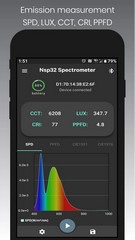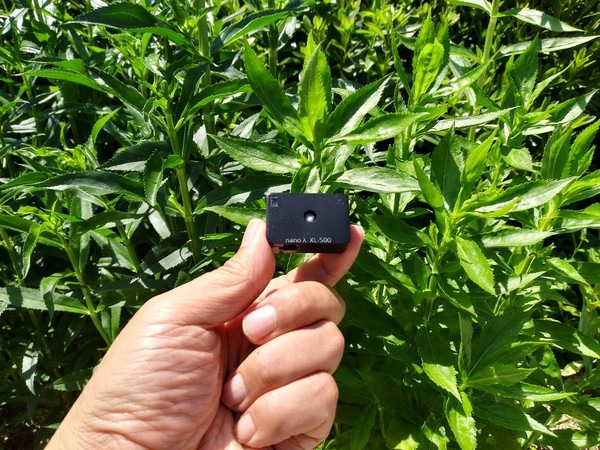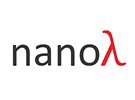nanoLambda, a leading spectral sensor company, announced a new version of XL-500, with an extended range from 340 nm to 1010 nm, measuring UV, Visual and NIR ranges all at the same time. The tiny BLE spectroradiometer XL-500 measures and records light spectrum with absolute power values, not only SPD (W/m2/nm) but also PAR/PPFD (umol/m2/s/nm) and DLI for agriculture. Also 5 different Lux (lm/m2) values for human centric lighting and CCT (K), CRI, and CIE values for color are measured.
nanoLambda packed all these functions  with a rechargeable battery and Bluetooth Low Energy (BLE) into a light weight and compact size (28g @ 39 mm x 26 mm x 16 mm). Users can set the measurement period and interval to measure the light spectrum continuously over several weeks at one battery charge. Android apps and iOS apps are available for free, designed for lighting researches and industrial uses in plant, animal and human centric lighting fields.
with a rechargeable battery and Bluetooth Low Energy (BLE) into a light weight and compact size (28g @ 39 mm x 26 mm x 16 mm). Users can set the measurement period and interval to measure the light spectrum continuously over several weeks at one battery charge. Android apps and iOS apps are available for free, designed for lighting researches and industrial uses in plant, animal and human centric lighting fields.
“We hope this extended measurement range, UV range below 400 nm and Far Red 700 nm – 850 nm, would help the industry to figure out the more complete recipes of spectrum, monitor and control the effective spectral nutrient for different plants at different growth phases, to improve yield and quality,” said Bill Choi, CEO of nanoLambda, “Also, we are open to collaboration for further improvement or customization.”

XL-500 is available online for purchase, along with other spectral sensor products for various nondestructive or noninvasive sensing applications.
For more information:
nanoLambda
https://nanolambda.myshopify.com/
